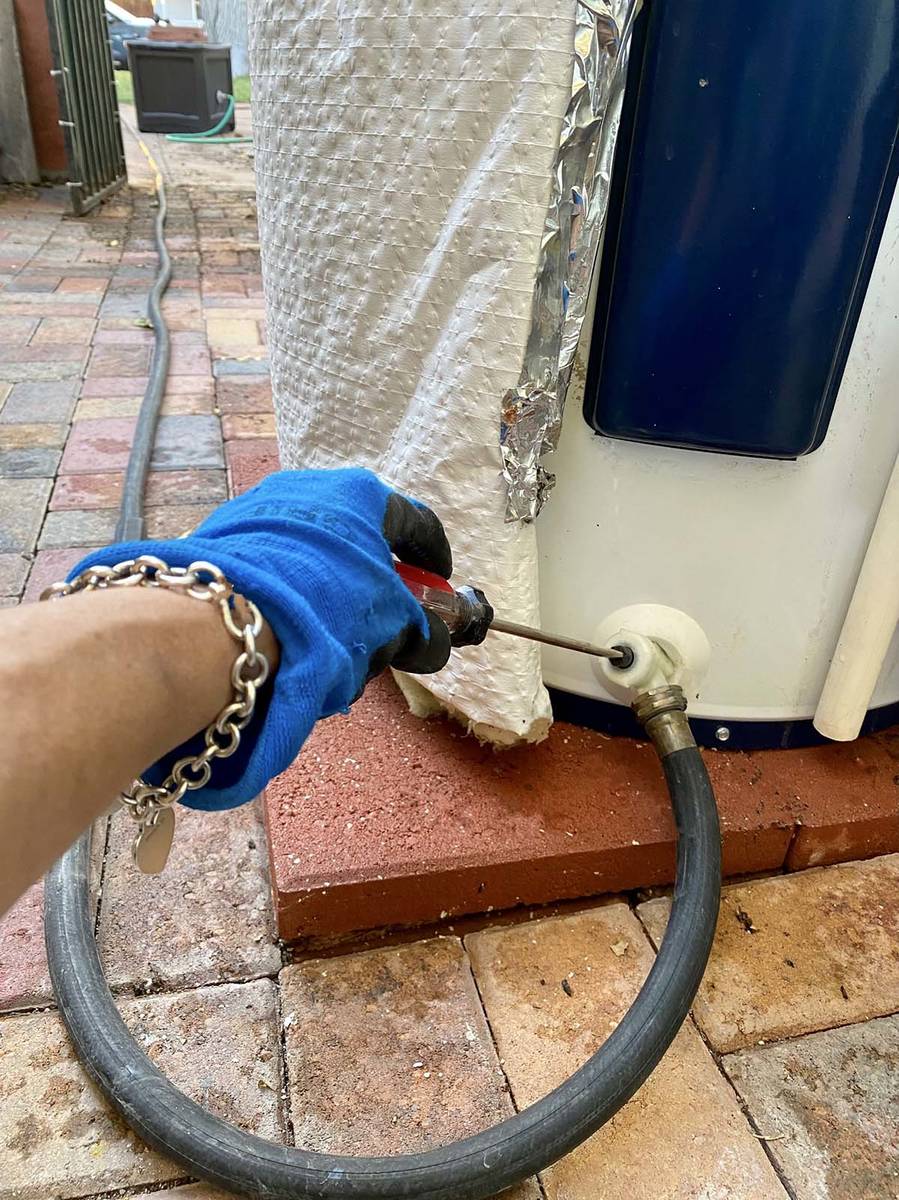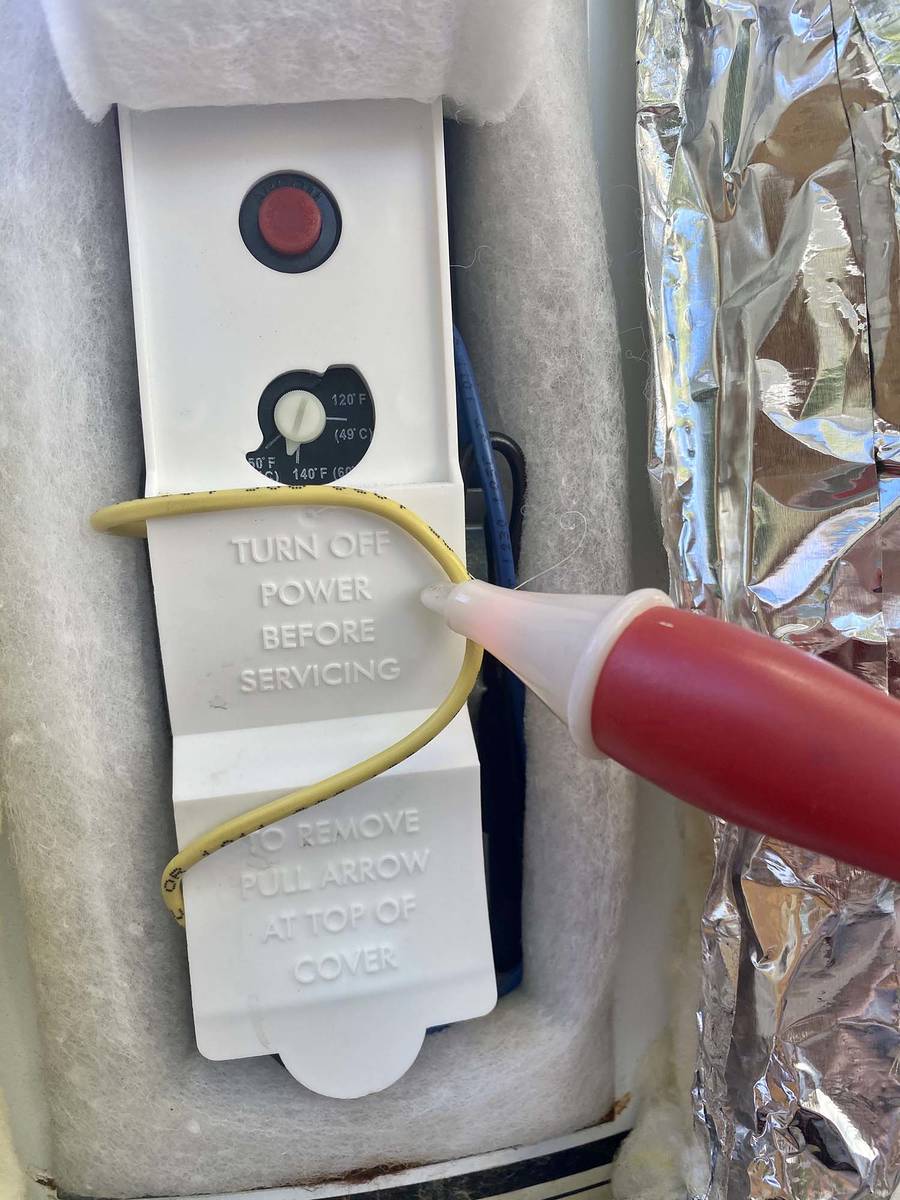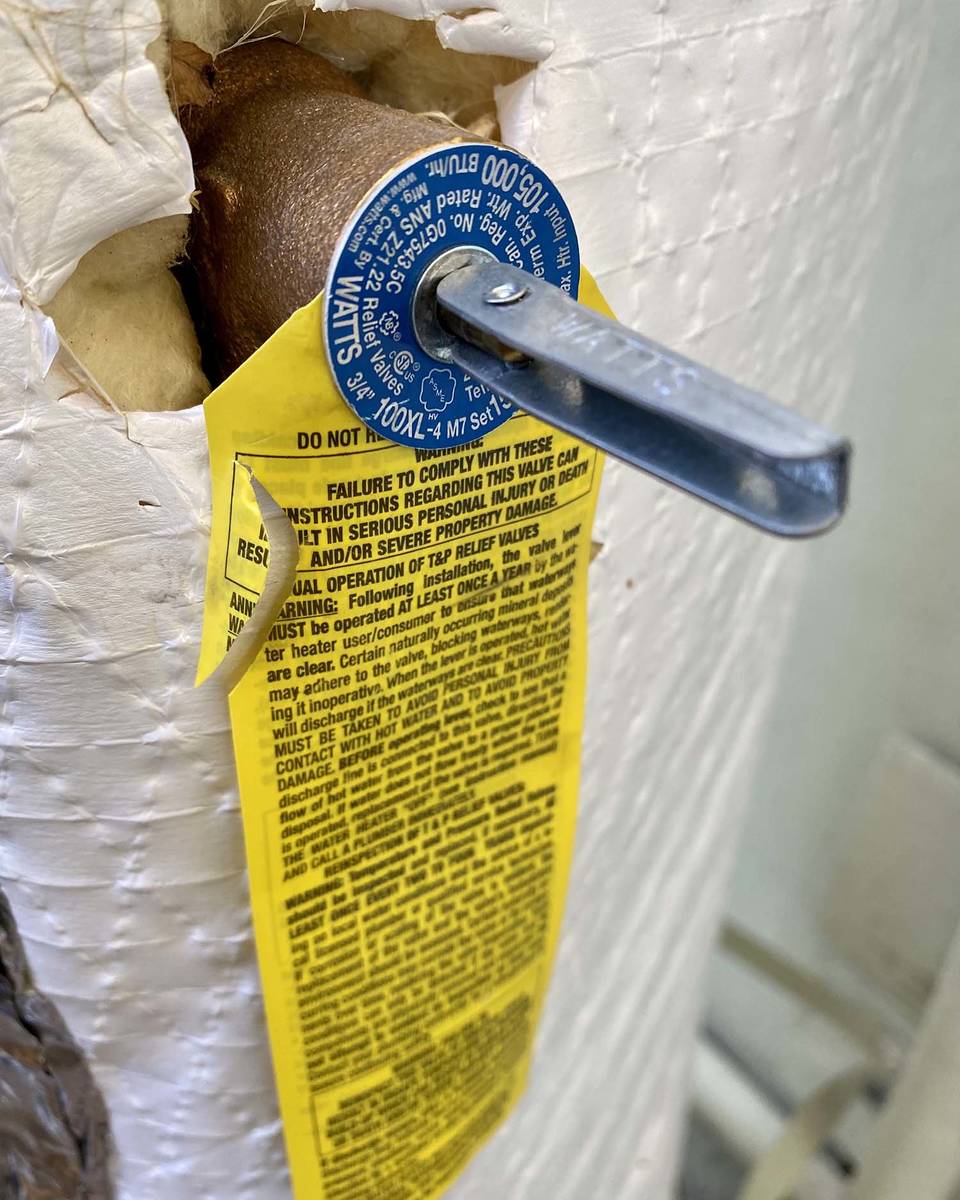Preventive maintenance gets you out of hot water
It’s cold out there and the holidays are upon us — the worst time of year for your water heater to go on the fritz. In winter months the water entering your tank is far colder and the unit needs to work harder to heat it.
Your water heater will show signs when it’s starting to fail. Corrosion around the pipes and base of the tank are tell-tale. Running out of hot water more quickly and a temperature that seems less hot than usual are signals as well. Pay attention to these signs, because when a water heater is ready to go, it often does so by leaking or totally giving way, causing a flood. Also, take note of what year warranty you have on your tank and when it was installed.
To extend the life span of your tank, it should be drained and flushed annually. With extremely hard water, like ours, it’s recommended to flush a water heater every six months or more depending on usage. This little-known preventative measure clears out sediment that builds up on the bottom of the tank. The sediment is the result of naturally occurring mineral deposits and other particles from our water.
Over time, this sand-like accumulation, sometimes several inches deep, will reduce the tank’s efficiency and volume, as well as potentially create impurities, hence the advice that one shouldn’t drink or cook with hot water from the faucet. Excessive sediment buildup will actually break down the lining of the tank, creating an unrepairable leak.
For this project you will need a garden hose, and if you don’t have drainage near by, a sturdy large bucket to carry out the water. Know that a thin hose or bucket will become very malleable. Be careful not to burn yourself. As a safety measure, wear protective gloves and goggles, or let the tank cool (shut the power supply and let it sit for 24 hours).
Draining and flushing your water heater:
If the tank is electric, shut it off from your service panel. If it’s gas, turn the control knob “off.”
Turn off the cold water feeding the tank (look for a lever on a pipe going into the tank).
Attach a garden hose to the drain valve found at the bottom of the tank and position it to drain down a utility sink, out of the garage, into a bucket, etc. Some tanks require a screwdriver to turn the valve.
Open the hot water faucet of any sink in the house (to break the vacuum), then open the drain valve on the tank; it should start draining.
If it doesn’t start to drain, flip open the temperature/pressure-relief valve to release pressure (look for this valve on the side of the tank).
If it still doesn’t drain, or only trickles, sediment is likely blocking the valve. Try slamming your foot on the garden hose a couple of feet away from the valve to force backward pressure into it. If that doesn’t clear it, you may need to remove the hose and stick in the end of a trusty wire hanger, jiggling it circularly to open the clog. Be careful not to get burned. If it still doesn’t drain, the valve may need to be replaced.
When the water stops draining, close the drain valve and open the cold water on the tank to agitate the stubborn sediment left on the bottom of the tank.
Shut off the water, open the valve again and let it continue to drain. Repeat these last two steps until the water runs clear. (All the sediment that flushes out can be shocking.)
Close the drain, flip back the pressure relief valve and open the water valve to refill the tank. Once the water starts running out of the faucet you opened in the house, shut it.
Restore power from the service panel or control knob (for gas). Congratulations on creating a clean, more efficient, extended-life water heater/hot water tank.
And remember: Never call it a “hot water heater,” which is hotly redundant.
Norma Vally is a seasoned veteran of home improvement; her career includes four seasons as host of Discovery Home Channel’s Emmy-nominated series “Toolbelt Diva.” A columnist and author, Vally splits her time in Southern Nevada, Los Angeles and New York City. Follow her on Facebook at Norma Vally “Toolbelt Diva” and visit her at www.NormaVally.com. Email Norma@NormaVally.com.











